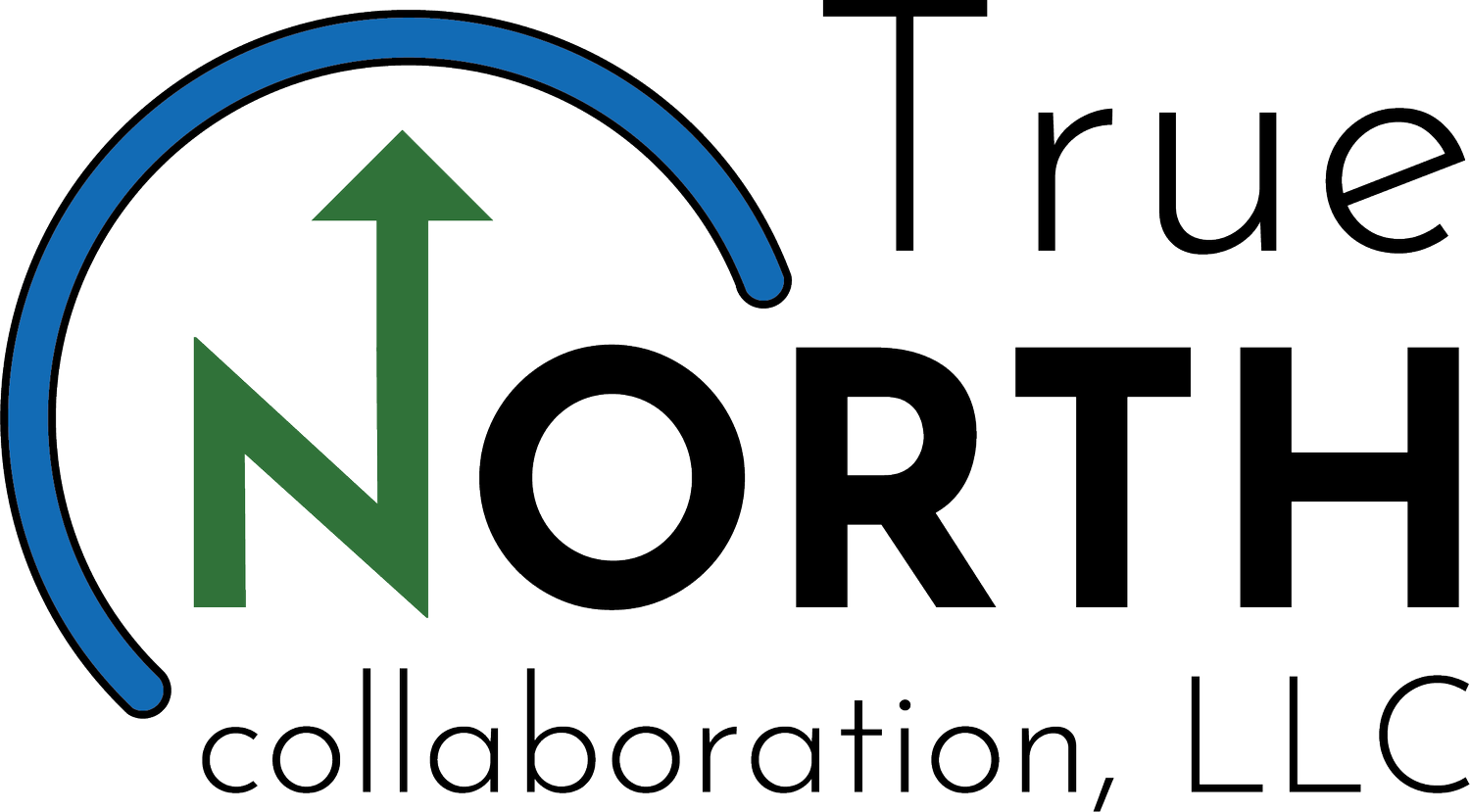It's 9AM! Are your employees ready to seize the day?
A disengaged workforce is less productive, stifling growth and hurting your bottom line.
As you walk around the office floor, look at the faces on a Zoom call or scan the audience in a town hall event, you likely notice that not everyone is fully involved with their work, meeting or the presentation they are listening to. This probably doesn’t concern you: after all, you can’t please all of the people all of the time, and as long as work is getting done, customers are receiving their service or product and your bottom line is going in the right direction, that’s what counts, right?
While ultimately you may decide that is what counts, low engagement among employees comes at a cost. The most obvious impact is on productivity, but there are also significant financial implications.
According to Gallup, just 21% of the global workforce is engaged with their role.
The number in the US is better, though hardly exceptional, at 32%. If that doesn’t concern you – because the work gets done and customers keep coming back – maybe the numbers will. A company with a workforce of 10,000, on an average salary of $50,000 per employee, is spending more than $60 million dollars each year on workers who for whatever reason are not tuned in to the business strategy, its mission, or willing to go that extra mile to deliver value.
While here in the US employee engagement is among the highest worldwide, there is still a sizeable proportion of employees who probably aren’t pulling their weight, or who aren’t doing their best work. You may think these people will eventually leave, and you’ll get a chance to replace them with people who want to work for you. This may be true for some, but many employees will look at their position and decide they’re comfortable. They’re coasting. They’re being paid well to do the minimum. So why would they leave?
Research by Gallup found that highly engaged teams are 14% more productive than teams with the lowest engagement levels, and that employees who are not engaged cost the equivalent of 18% of their salary. If you employ 100 people, think about which of them are likely not engaged, do the math and work out what the financial cost is to your bottom line.
You will no doubt have plans for your business. Expansion into new product lines, services, or perhaps markets. But having workers on board who aren’t excited by these plans and who aren’t working hard to deliver on them, are holding you back.
As you think about the costs of low engagement on your business, you may struggle to see how you can fix the problem. But employee engagement doesn’t have to cost big bucks.
There are lots of things that can be done to build trust between employees and the employer, to excite staff to work hard, and incentivize good performance. Any costs that are incurred will be more than recuperated through faster, stronger growth - and your bottom line will ultimately benefit.
Learn more about how True North Collaboration can recharge your workforce and build – or rebuild – a culture of high engagement and high performance at karengilhooly@truenorthcollab.com. Or, schedule a free 30 min. discovery call with me.
Learn key insights into employee engagement and the importance of skilled leadership communication by visiting my video resources here.
Here’s a list of some of our most popular resources:
Leading Elevated Conversations
Accelerating Into Leadership
Onboarding Accelerator
Communicating With Influence
